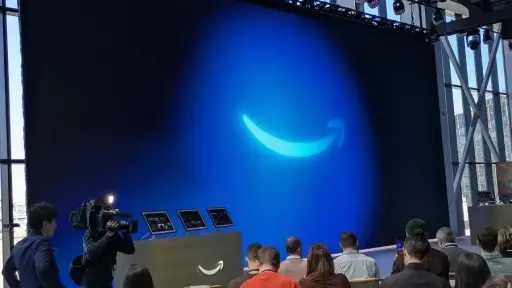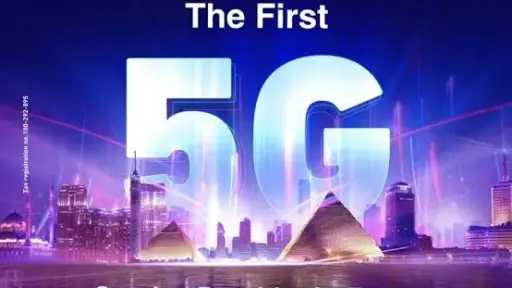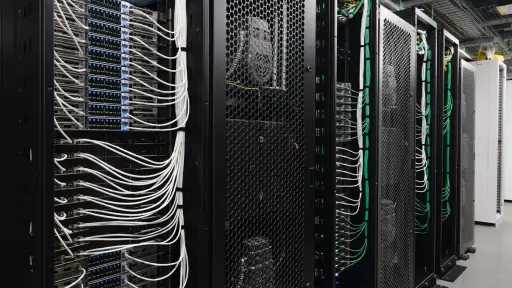? (Re)Generative AI: How to capitalize on the next quantum leap in digital advertising

The world of digital advertising is on the cusp of a seismic shift. A look at recent history shows the last ten years in the industry could be summarized as “the decade of data.” Since 2014, when digital advertising was only about 25% of overall advertising spend (today it’s closer to two-thirds, representing $667B in annual global spend), the emergence of data has driven waves of innovation, changing how we identify audiences, target audiences and apply measurement and attribution to determine campaign success.
As the ‘decade of data’ cedes control to the ‘decade of creative’ here’s what you should know:
Data Pressure. With the increasing limitations on data collection and usage, companies are having to spend more on data targeting and applications to gain less visibility and poorer performance than they had previously.
Research on the power of creative. Research continues to show that ad creative is responsible for up to 70% of an ad’s performance.
Focusing on audiences over channels. Over-reliance on channels like Google (search) and Meta (social) have caused ad suppliers to form their thinking, and mold their organizations, around these channels. Yet, consumers are increasingly omnichannel.
Limitations of Generative AI
Generative AI may struggle with maintaining brand consistency and values due to its inability to fully grasp subtleties in brand voice and identity.
The opaque nature of generative AI’s content generation process raises concerns about copyright infringement and the potential for misleading or deceptive content.
Generative AI’s reliance on varied quality data can lead to biases and inaccuracies in content, necessitating human oversight to ensure alignment with brand standards.
Read the full whitepaper: (Re)Generative AI, How to Capitalize on the Next Quantum Leap in Digital Advertising
Focus on (Re)Generative AI
(Re)Generative AI is still a lesser known term compared to generative AI, but provides a key distinction. Understanding this distinction transforms AI from a nebulous concept that has application in the distant future to a clear set of steps that ad platforms, publishers, agencies and investors can capitalize on now.
(Re)Generative AI will allow:
- Enhanced Creativity. (Re)generative AI can analyze existing creative assets and generate new, innovative versions, pushing the boundaries of original content and design.
- Increased Efficiency. By automating and repurposing content across multiple platforms and formats, (re)generative AI significantly reduces the time and resources required for creative production.
- Scalability Across Platforms. (Re)generative AI enables brands to quickly
scale their creative efforts across platforms that may have different technical requirements or user preferences, including display ads, video, CTV and out-of-home.
Applying (Re)Generative AI today:
- Leverage Social Media Success: Utilize (re)generative AI to expand the reach of successful social media content across multiple channels and screens, enhancing creative performance.
- Innovate in TV Advertising: Transform engaging social media videos into TV ads through (re)generative AI, optimizing budget allocation for media spend and increasing viewer engagement.
- Adopt an Omnichannel Strategy: Break platform silos by using (re)generative AI to seamlessly create adaptable ads for various platforms, reflecting the diversified content consumption habits of users.













